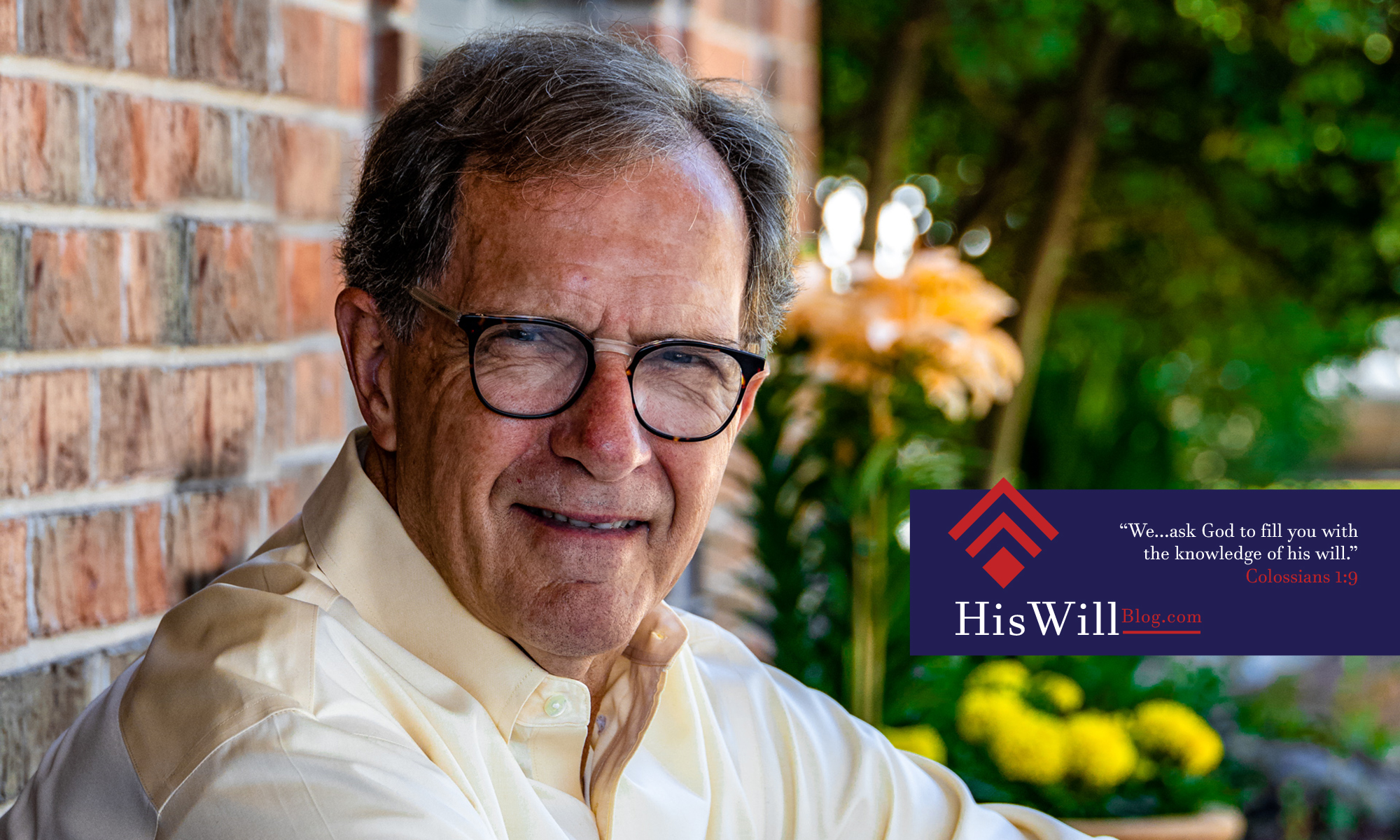The virgin Mary was a prophet. She composed one of the songs we find in Luke’s version of the Christmas story. Hers was an echo of the ancient hymns of the Hebrew scriptures. It reminds us of the songs of Moses, Miriam, and especially, the song of Hannah. Mary’s song is a prophetic vision of a future time when God in Christ is going to put our broken world back together.
Singing is an important part of the celebration of Christmas. Connie and I got to attend, for a second time, the Christmas festival at St. Olaf College in Minnesota, where our grandson, James Randall Faulkner III, sang in one of the choirs. They sang a modern rendition of Mary’s “Magnificat” by Carolyn Jennings:
The bows of the mighty are broken, but the feeble put on strength. Those who were full are hungry and those who were hungry are filled. Strong is the arm of the Lord, who has scattered the proud in their hearts; God has put down the mighty and lifted those of low degree. … My heart o’erflows, Alleluia!
Mary’s song tells how God is going to turn history inside out, keeping his covenant promises to his people. She repeats the themes of the prophets of Israel who predicted a time when Messiah would come in power to disenfranchise the kingdoms of this world, dethrone tyrants, exalt the humble and invert injustice. Surely this is what we pray for when we pray the Lord’s prayer, “Thy kingdom come.”
In her prophetic anthem, Mary recites God’s word at least fifteen times. Her song mirrors the song of praise uttered by Hannah, the mother of Samuel the prophet in 1 Samuel 2. Just as Hannah spoke prophetically of a new age and kingdom, so Mary spoke prophetically about when her Mighty God would “help Israel remembering to be merciful” (Luke 1:54). This would be through the Messiah who was even then in her very womb.
Thus, wherever the message of Jesus has gone, it has “clothed the naked, fed the hungry, served those that harmed it, comforted the sorrowful, bound up the wounded, and sheltered the destitute” (Menno Simons, 1539). “True evangelical faith cannot lie dormant.”
It has opposed unjust practices such as the caste system, child marriage and the immolation of widows in India, human sacrifice in South America, polygamy and slavery in Africa. Those missionaries who stood for justice against evil “understood that their faith was not merely private and devotional, but had implications for all of society. … (They) dispensed Jesus’ message of grace to the world. It was Christianity, and only Christianity that brought an end to slavery, and Christianity that inspired the first hospitals and hospices to treat the sick. The same energy drove the early labor movement, women’s suffrage, prohibition, human rights campaigns, and civil rights” (Philip Yancey, What’s So Amazing about Grace?).
According to Mary in Luke 1 :46-55, there is coming a future, fuller manifestation of God’s mercy. Her words are consistent with those of the ancient prophets who foretold a time when God will bring all of civilization under the rule of his anointed Son. This will mean the end of war, universal justice, the healing of nature, and a spiritual renewal in which God will pour out his Spirit upon all flesh. God’s moral law will be the governing principle of that kingdom.
Theologian R.C. Sproul wrote, “The birth of Jesus did not happen in a vacuum. He was born after generations of promises attached to Israel’s covenant relationship with God. Age after age God had renewed his promises and now they were fulfilled in space and time.”
In the same way, those who believe in Jesus as savior and king will be welcomed into that future glorious manifestation of God’s kingdom. Mary was so sure of its fulfillment, she sang about it as if it had already come. Mary was a prophet.
She reminds us to pray this Advent prayer: “Come, Lord Jesus!”
Pastor Randy Faulkner
